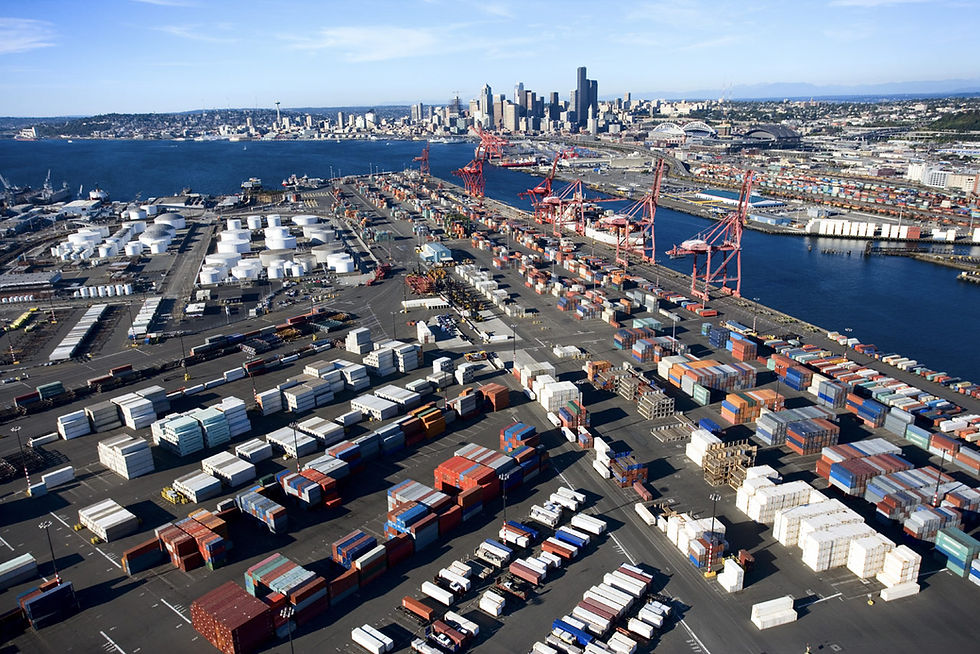
By 2020, the size of global LNG trade is projected to grow by 50% compared to volumes in 2014, driven particularly by LNG exports from Australia and the USA, oil and gas major Shell said in its first LNG Outlook.
One-third of the LNG supply capacity growth is from facilities that recently commenced commercial operation. The remaining two thirds are expected to come on-stream by 2020.
What is more, between 2014 and 2020, the size of the global LNG market is expected to grow by 50%, mainly from LNG facilities already under construction or recently completed.
With respect to 2016, despite projections that a strong increase in new LNG supplies would outpace demand growth, greater than expected demand in Asia and the Middle East absorbed the increase in supply from Australia, the outlook further reads.
As a result, global demand for LNG reached 265 million tonnes (MT) in 2016.
“Global LNG trade demonstrated its flexibility time and again in 2016, responding to shortfalls in national and regional gas supply and to new emerging demand,” said Maarten Wetselaar, Integrated Gas and New Energies Director at Shell.
“The outlook for LNG demand is set to grow at twice the rate of gas demand, at 4 to 5% a year between 2015 and 2030.”
China and India were two of the fastest growing buyers of LNG in 2016, followed by Colombia, Egypt, Jamaica, Jordan, Pakistan and Poland.
The bulk of growth in LNG exports in 2016 came from Australia, where exports increased by 15 MT to a total of 44.3 MT. It was also a significant year for the USA, after 2.9 MT of LNG was delivered from the Sabine Pass terminal in Louisiana.
According to Shell, LNG prices are expected to continue to be determined by multiple factors, including oil prices, global LNG supply and demand dynamics and the costs of new LNG facilities.
“While the industry has been flexible in developing new demand, there has been a decrease in final investment decisions for new supply,” Shell said.
“Shell believes further investments will need to be made by the industry to meet growing demand, most of which is set to come from Asia, after 2020.”
via WMN
.png)